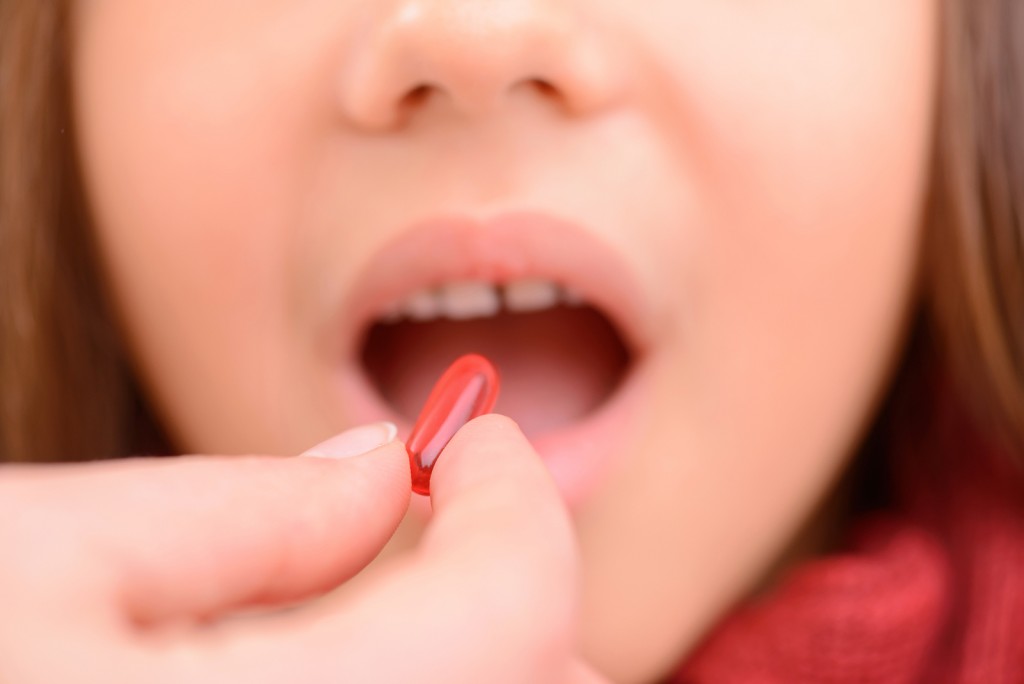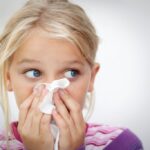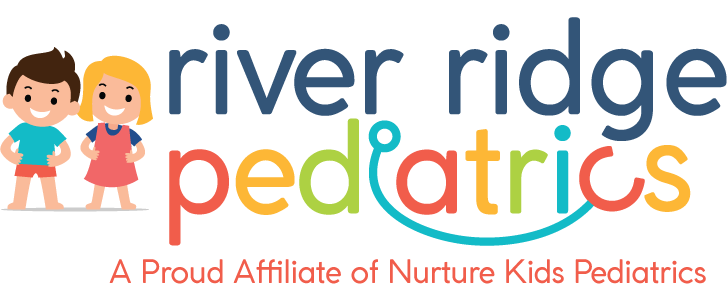Is Tylenol (Acetaminophen) Safe for Children?
Is Tylenol (Acetaminophen) Safe for Children?
Tylenol is one of the most commonly used medications for children. It is indicated for the treatment of fever and pain and Acetaminophen it is a component of many products sold over-the-counter.
Tylenol is safe when used at the appropriate dosage and at the indicated intervals, but common mistakes incur when patients or parents are not sure about the adequate dose or how often it can safely be administered. When it is used in excess it can lead to liver damage and liver failure.
Recent data suggests that the margin between the dose that is safe and the dose that can cause damage to the liver may be narrower that it was originally thought.
Intoxication happens when large doses are given, when doses are given too close together and when we administer medications that are a combination of drugs, without even knowing Acetaminophen is one of the ingredients.
Tylenol is present in many cough and cold products such as Benadryl Allergy and Cold Tablets (325 mg), Sudafed PE Nighttime Maximum Strength Tablets (325 mg), Theraflu Nighttime Severe Cold and Cough Powder (650 mg). Some of the liquid formulations to treat colds in children contain Acetaminophen as well: Tylenol Plus Children’s Cold and Allergy Suspension, Tylenol Sore Throat Nighttime Liquid and Tylenol Chest Congestion Liquid. Some of these medications list Acetaminophen component as “APAP”, and parents may not identify this ingredient as Acetaminophen.
A recent study by Larson and colleagues suggested that Tylenol toxicity was the leading cause of acute liver failure in adults in the United States. They studied 662 consecutive adults with acute liver failure and they found that 42 % of those cases were caused by Acetaminophen overdose. About half of those were unintentional intoxications and a number of them ended up needing liver transplantation.
 I don’t wish to scare parents away from using Tylenol when needed, but I do want parents to ask themselves if the medication is really needed, before administering it to children.
I don’t wish to scare parents away from using Tylenol when needed, but I do want parents to ask themselves if the medication is really needed, before administering it to children.
Some useful suggestions are:
- Always read the levels of any over-the-counter medication and identify the ingredients, knowing what they are used for. Your doctor can help you identify what specific treatment is needed for your child.
- I always discourage parents of small children from using Tylenol to treat “teething” pains. Teething happens in all children; the process starts at 4-6 months and if doesn’t end until the end of the second year. So, there is always some teething-related changes going on inside the child’s mouth, but teething causes teeth, that is all. We often relate unexpected changes in the child’s sleeping, eating or crying patterns to teething when there is rarely a correlation. If teething pain happens, it should be present during the day as well as at night. Most parents describe “teething” pains just at night; this does not make scientific sense. Giving babies Tylenol often at night in order to treat or prevent teething pain is dangerous and unnecessary.
- If your child has allergies or presents with off and on symptoms you attribute to allergies, visit your pediatrician and share your concerns. He/she can formulate a plan that may include medication, but it would be the appropriate dose of only an antihistamine given as your doctor recommends. Combinations of medications to treat allergies doesn’t add any advantage to the treatment or allergies.
- Realize that colds don’t have a treatment. Viruses cause them and the symptoms resolve after a few days.
- Sure everybody needs a good night sleep, parents and children. It is reasonable to use a combination drug in older children (school age) if the symptoms are so severe that it is interfering with sleep for a long period of time. If needed, use the medication once a day, before going to sleep.
- Tylenol is used to treat fevers, and it is a very effective medication. Understand that fevers need to be treated when the temperature is getting very high (which in viral infections occurs at the end of the day and middle of the night), especially in children prone to febrile seizures; or when the discomfort caused by the fever is severe. If a child has a minor cold and a low grade fever while running around and playing you don’t have to be as aggressive at bringing the temperature down as you would be with a child who complains of headache and body aches, regardless of the temperature.
- Learn what your child’s appropriate dose is. Ask your pediatrician or pharmacist for a table correlating the patient’s weight with the correct dosage for Tylenol.
- Understand the difference between Tylenol Liquid given for children and Tylenol Infant Drops, indicated for smaller kids. Some parents think that Liquid Tylenol for older children should be more concentrated than the infants drops, when it is actually the other way around: Infant Tylenol Drops are very concentrated; 0.8 ml of the Infant Drops contain 80 mg of Acetaminophen, while 5 ml of the Tylenol Children’s formulation contains 160 mg. Don’t try to memorize this information or any other related to dosing. Have a table available to consult every time you need to administer the medication.
- Alternating Tylenol and Ibuprofen to treat fever doesn’t have any clinical advantage over using only one medication. I often suggest the alternating method in order to avoid unintentional overdosing of either one. If your child really needs to receive a fever reducer or pain medication, you can start by giving an appropriate dose of Tylenol, for example. If a few hours later the medication is wearing off and a second dose is needed, you can now give Ibuprofen (Motrin, Advil). As long as you keep about 4-6 hours in between a dose of Tylenol and the next dose of Tylenol, and 6-8 hours between a dose of Ibuprofen and the next dose of Ibuprofen, it should be safe to alternate them for no more than 24 hours. Always remember that if you child needs continuous, around the clock treatment of fever/pain/irritability you need to see your pediatrician to determine what is wrong.
Marta Katalenas M.D.

 Previous Post
Previous Post Next Post
Next Post



